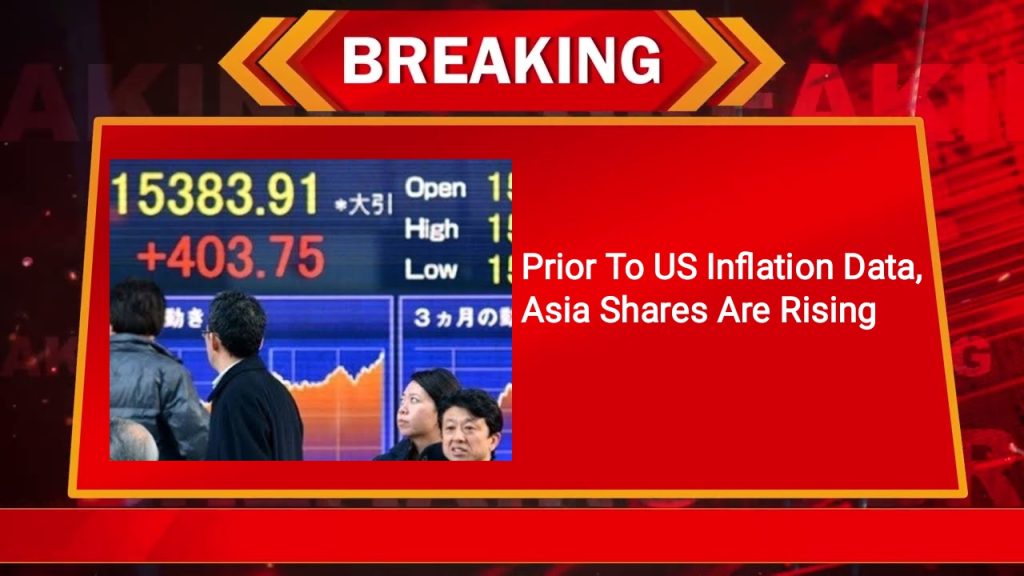With a single source of current volatility eliminated by the Japanese holiday, Asian stocks nudged up on Monday. Investors braced themselves for important economic data from China and the United States, which provided an update on the outlook for global growth. U.S. consumer prices on Wednesday, which analysts predict will rise by 0.2% in each of the headline as well as core, will be crucial for the Federal Reserve. The annual core is expected to decelerate slightly to 3.2%.
Growth In Headline Retail Sales
In a note, Barclays analysts stated that while a core run-rate that is still above goal should also argue against a greater 50bp drop or an intra-meeting cut, “that would likely bolster the Fed’s belief that disinflation is ongoing, permitting for a rate cut in September.” Furthermore, on the strength of strong income and wealth fundamentals, we anticipate a strong 0.8% m/m growth in headline retail sales, indicating sustained resilience in the consumer, the engine of the economy. In addition to retail sales in July, there are surveys on consumer confidence and regional manufacturing, as well as data on home starts and industrial output.
A week ago, when Japanese equities plunged to an all-time low, the futures market implied a 100% likelihood that the Fed would cut by 50 bps in September. However, that number has now dropped to 49%. In contrast to the cash close of 35,025, Nikkei futures traded at 35,535, meaning they are not quite back to where they were prior to the sharp decline last week. With a 1.6% surge in Taiwan, the largest MSCI index of Asia-Pacific stocks outside of Japan saw a 0.6% increase. Blue chips from China increased 0.1%.
FTSE futures increased by 0.4% and EUROSTOXX 50 futures by 0.5%. In light trade, S&P 500 and Nasdaq futures slightly firmed. Approximately 91% of the S&P 500 has released earnings thus far, and 78% among those have outperformed the Street. This week’s Walmart & Home Depot results will provide an overview of the state of American shoppers. China is set to release data on industrial production and retail sales on Thursday, which will highlight the need for additional assistance as the economy continues to underperform.
Spike In Oil Prices
In the currency markets, the euro remained stable at $1.0915 while the dollar increased 0.2% to 146.92 yen, moving away from the low point of 141.68 last week. BofA FX strategist Shusuke Yamada believes that with speculative yen short holdings having declined by 60%, the rush to loosen up yen carry trades – borrowing at cheap rates to acquire higher yielding assets – has mostly passed. He continues, predicting that the dollar will be around 155.00 yen by year’s end. “Longer-term, structural outflows from the corporate FDI & retail ownership of international equities must drive yen weakness.”
With worries about escalating hostilities in the Middle East endangering supply, oil prices spiked 3.5% last week and have since crept upward. In a Sunday conversation with Lloyd Austin, the U.S. Defense Secretary, Israeli Defense Minister Yoav Gallant revealed to him that Iran appears to be preparing a major military assault on Israel. Austin was given the order to send a guided missile submarine with nuclear propulsion to the Middle East. U.S. crude increased 34 cents to $77.18 a barrel, while Brent earned 20 cents to $79.86.

